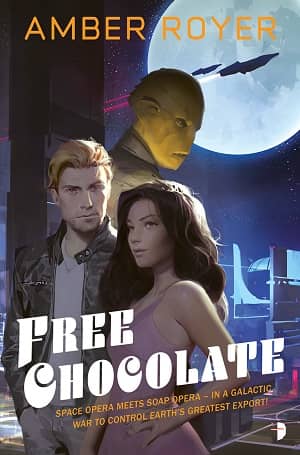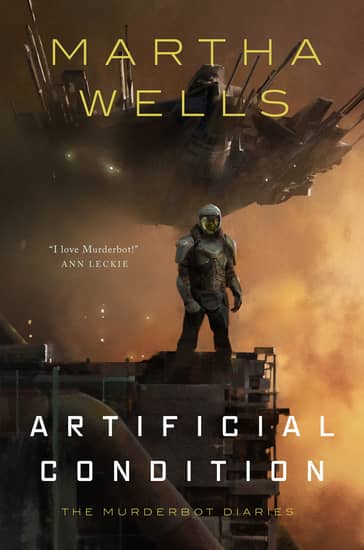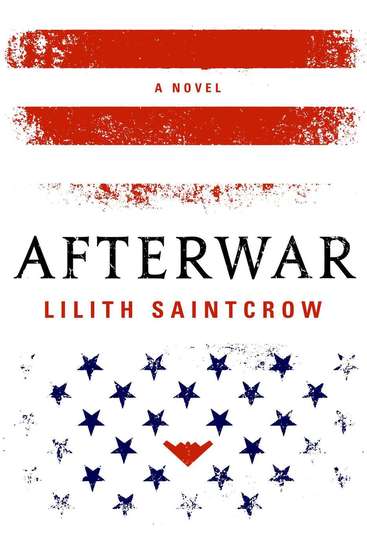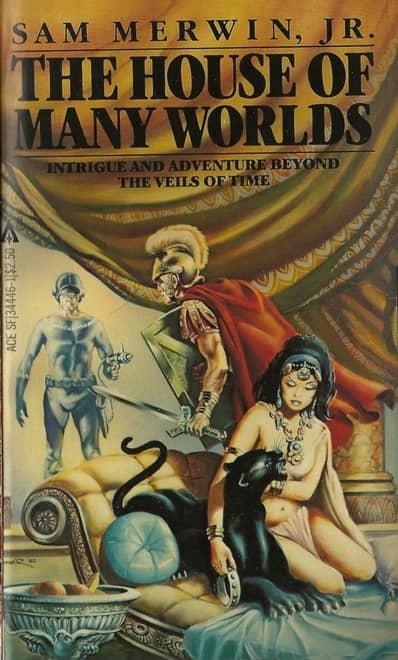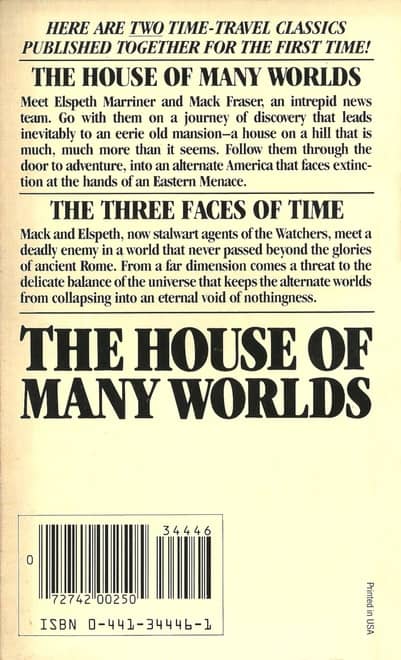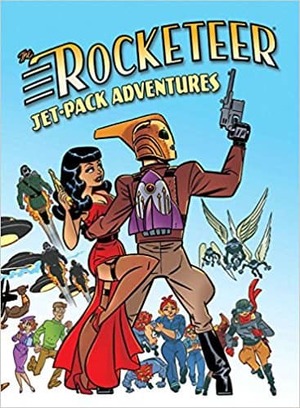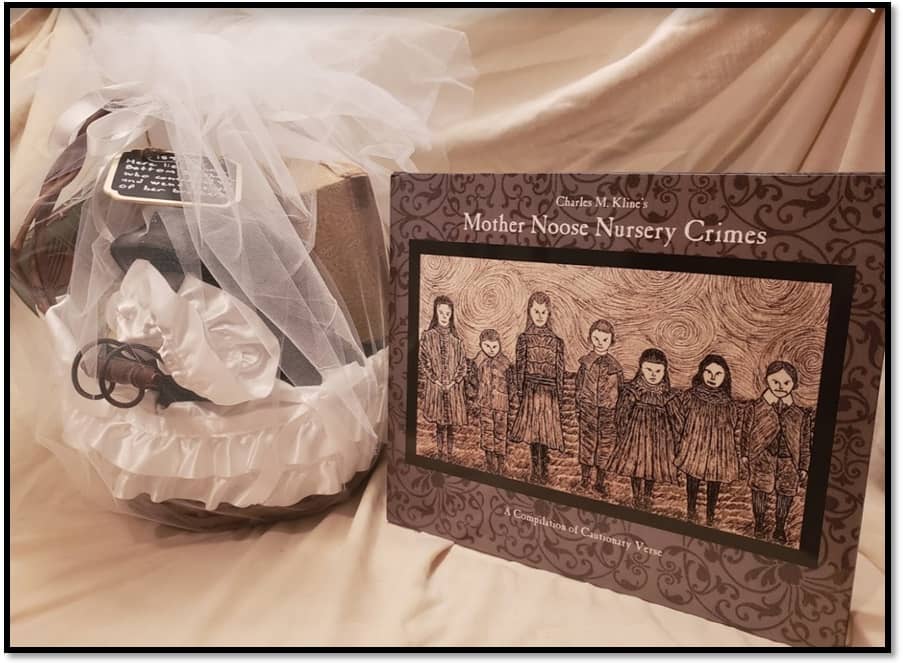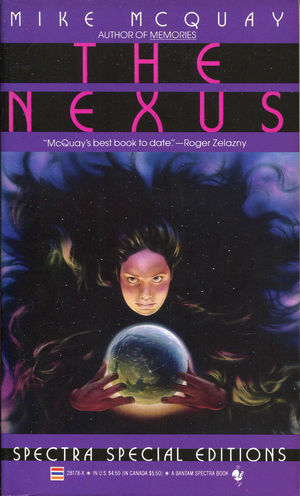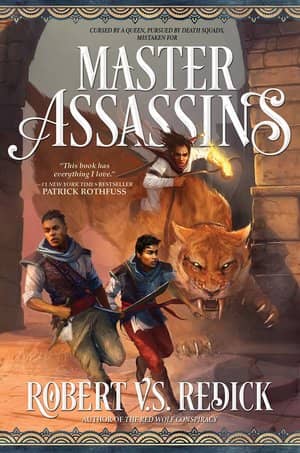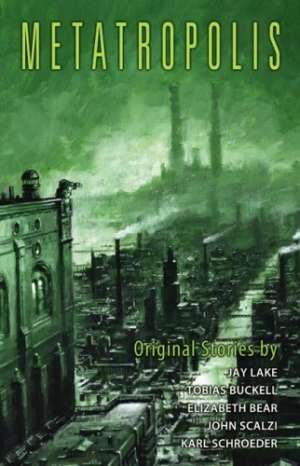Tell Me a Story: Upside-down Magic by Sarah Mlynowski, Lauren Myracle, and Emily Jenkins
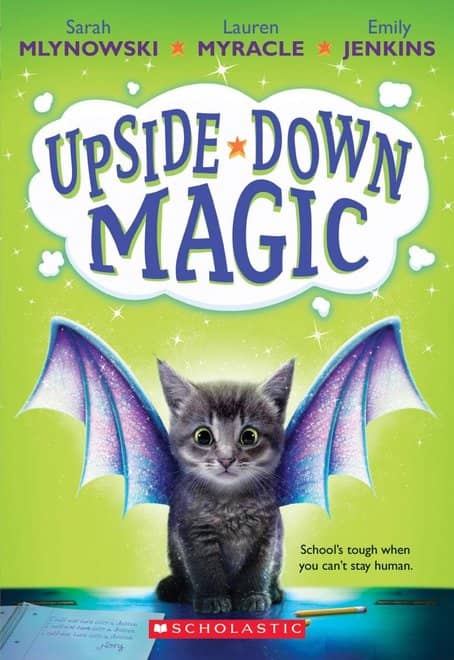 |
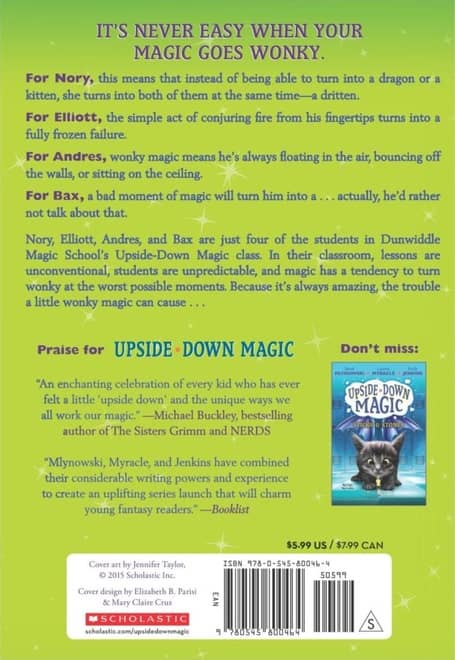 |
When it comes to my own preference, I like my audiobooks dark, spooky, snarky, and full of drama. But I’m not the only person in this house! In fact, I share it with (among several other mammals) a pair of elementary school aged girls for whom I am the staff. I mean mom. They’re five and eight, and some of my favorite books aren’t appropriate to play when they’re around. (I’m fairly progressive but I’m not ready to explain what exactly they’re doing on the movie set in Jim Butcher’s Blood Rites, for example.)
Finding strong, good quality stories that are suitable for them and tolerable to me is a priority. Enter Sarah Mlynowski, Lauren Myracle and emily Jenkins’ Upside-Down Magic, a series of children’s novels that are delightful, original, and convey the kind of messages I don’t have to worry about them repeating in school the next day.
The central protagonist of Upside-Down Magic is Eleanor “Nory” Horace. Her father is the headmaster of a prestigious boarding school, and she’s preparing for entrance exams. By studying her shapeshifting. Nory is a “fluxer”, someone whose magic manifests as allowing her to change form. Nory is in most ways going through a normal adolescence in the world of Upside Down Magic. All people develop some kind and degree of magical ability, which manifests around their tenth birthday. Fifth grade, then, means transitioning from general education to magic school. Nory is expected to follow her father and siblings’ footsteps by entering the American magical equivalent of Eton.
